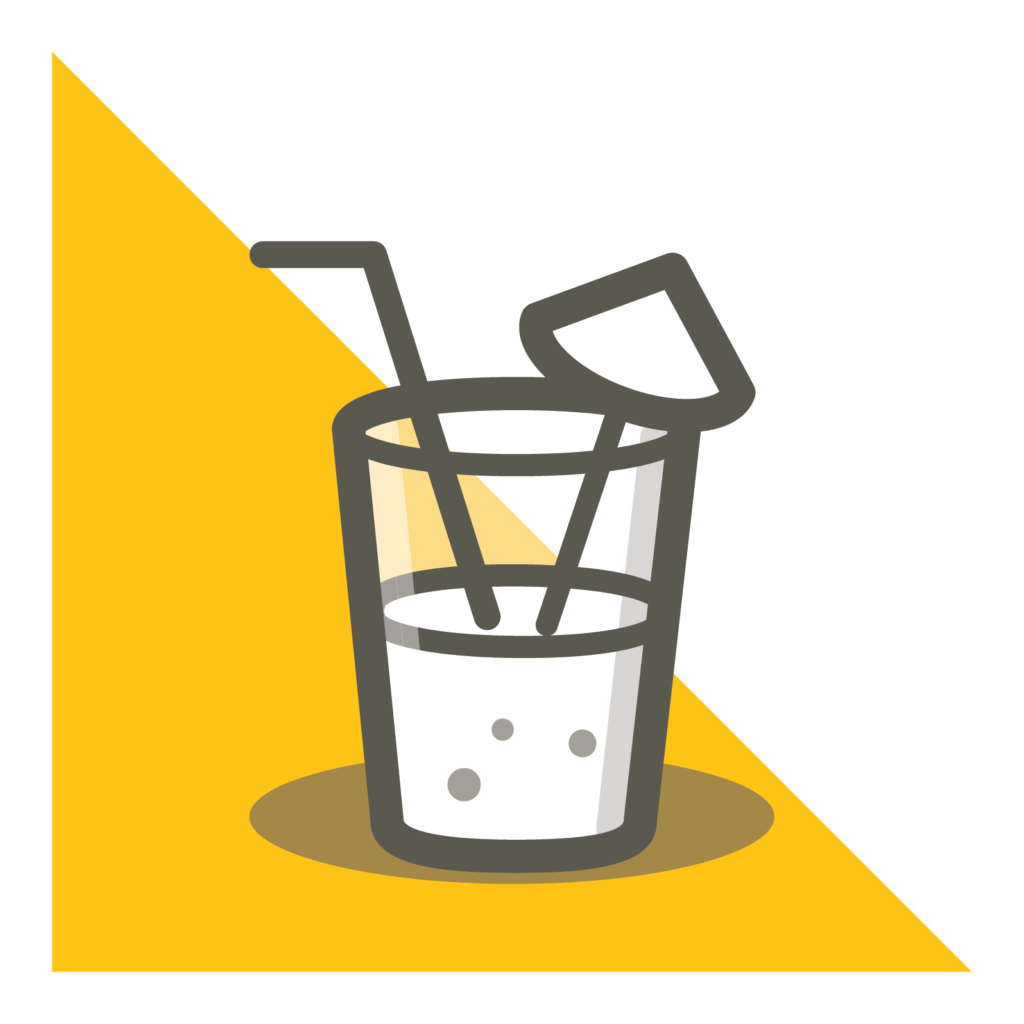Article curated by Hospitality and Leisure Specialist and Assistant Audit Manager Jordan Graves
It is no secret that the last two years have been exceptionally challenging for the Hospitality industry. As vaccination rates rise and consumer confidence begins to return, we are beginning to see signs of light at the end of the tunnel for restaurants, bars & hotels who have successfully navigated the storm.
Average employee hours worked rose to 26.3hrs/week in the quarter to August 2021, the highest since before the pandemic began.
Having said this, revenues to July 21 remained at 70% of pre-pandemic levels, indicating that there is much more room for growth in customer footfall. High rates of Covid-19 infection continue to deter a significant minority of the customer base.
The pandemic has left many operators concentrating on the day-to-day, lacking the time to plan for the future, but the challenges facing the industry mean it is now more important than ever to plan ahead.
The sector is facing three key challenges over the coming months:
Staff shortages and wages inflation – including new minimum wage
To combat this, employers must ensure that pay rates are just one factor, rather than the sole factor, in employees’ minds when deciding whether to move on.
Employers must focus on retaining high performing staff through understanding individual goals and motivations and aiming to meet these – whether that be through flexibility in working hours, or for those who want to develop their careers, the provision of coaching and training so that high performing staff can see their careers developing alongside business growth.
Beyond this, the national minimum/living wage is rising to £9.50 for over 23’s from April 2022 – comparing this to the minimum wage pre-pandemic of £8.21 for over 25’s gives a rise in staff wages costs for the majority of the Hospitality industry of in excess of 20% in just over two years (after accounting for employer’s NI and the rate applying to staff 2 year’s younger).
Staff wages have typically made up 26.9% of revenue across the industry pre-pandemic and it is important that employers take the time to assess exactly how the rising minimum wage will impact upon net profit margins. Detailed cash flow forecasting will be essential to understanding the real impact of these changes, and allow operators to adjust staffing levels, review other costs or increase sales prices to ensure the business remains profitable. This should be performed well in advance of the change.
Cash flow implications of VAT rate stepping up from 5% to 12.5% and repayments becoming due on Covid-19 related loan schemes
Gross profit margins have been improved since the announcement of the food, soft drink & accommodation VAT cut to 5%. From 1 October 2021 the VAT rate on these sales has increased to 12.5%, and will return to 20% from 1 April 2022.
The 5% VAT rate has provided a lifeline for operators through the pandemic, reducing dependence on extremely high levels of customer patronage while consumer confidence was low.
The impact of the step up in VAT rates on cash flow is clear to see – for every £1,000 of food, soft drinks or accommodation sales, the amount to pay to HMRC has increased from £47.62 to £111.11, and will increase again to £166.67 from 1 April 2022.
As well as this, for the vast majority of Hospitality businesses, Government Coronavirus Loan Schemes were entered into to finance fixed running costs through Lockdowns. Now it has been over a year since these loans were entered into, so capital repayments & interest are due each month.
These two factors conspire to create real pressure on cash flow for a number of operators. It’s important to understand the cash balance impact of the timing of these payments so that measures can be taken to ensure sufficient working capital is available to see out months with large net outgoings. Detailed forecasting can provide a clear picture here to aid in making these decisions.
Supply chain issues, rising food, drink, light & heat costs
Supply chains have been stretched to breaking point since the re-opening of the economy in May 2021 as global materials supply shortages and geo-political factors combine to cause hold ups.
As a result supply is temporarily squeezed while demand has boomed following the re-opening as operators aim to “get back to normal”. The result is ever-increasing prices on food and drink, squeezing already tightening gross margins ever further.
European gas supply issues and uncertainty surrounding Coronavirus lockdowns have also seen energy suppliers forced to raise prices many times over since the beginning of the pandemic.
Operators should bear in mind that pre-pandemic gross margins averaged 61% across the industry and with the rising staff wages and light and heat costs mentioned, it is vital that efforts are made to maintain at least this level of gross margin. In this case, the rising prices will most likely need to be passed onto the customer through higher sales prices.
Despite all of these challenges there are reasons for Hospitality sector to be optimistic over the coming months:
Rates relief extension & future review of rates system
The Chancellor announced in his budget on 27th October 2021 that there would be an extension to the 50% rates relief for all businesses in the Hospitality sector for a further year (up to £110k per property). This represents a big cut in the tax burden for the majority of Hospitality operators, which will help to ease some of the cash flow issues noted above.
The Chancellor also announced more regular rateable valuation reviews (every 3 years down from 5) and a 1 year grace period for re-valuation for any improvements made to property that would increase the rateable value of a property. The Chancellor says the aim is to create a “fairer system”. Given that pre-pandemic the Hospitality industry generated 2.2% of the UK’s total economic activity, but paid 13% of the business rates, we hope that this will result in future reductions to the tax burden placed on Hospitality businesses.
Christmas trade
After a 2020 with very few office Christmas parties and all round not much to be jolly about, consumers are eager to make the most of Christmas 2021, with office Christmas party bookings booming. We would expect this to translate into a bumper Christmas sales period for those operators which can keep on top of supply chain & staffing issues.
The testing requirements for holidays abroad are still putting many off travelling outside the UK, so expect more money to be spent on domestic holidays over the Christmas period, driving even greater footfall.
Key takeaways
- Work to retain key staff through understanding their motivations – often non-financial.
- Make detailed plans, early, to avoid cash shocks as rates for minimum wage and VAT increase and coronavirus loan repayments fall due.
- Consider raising sales prices where costs can not be absorbed – maintaining >60% gross profit margin is key.
How can we assist your H&L business?
- Production of detailed three-way forecasts to provide an illustration of the impact of these factors on your business – Outsourcing
- Employee remuneration packages advice – People Solutions
- Production of cost based, margin driven suggested sales prices for renewed Menus – Outsourcing




